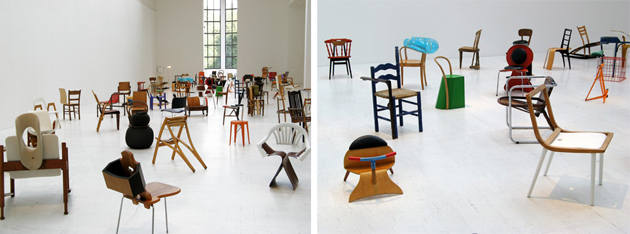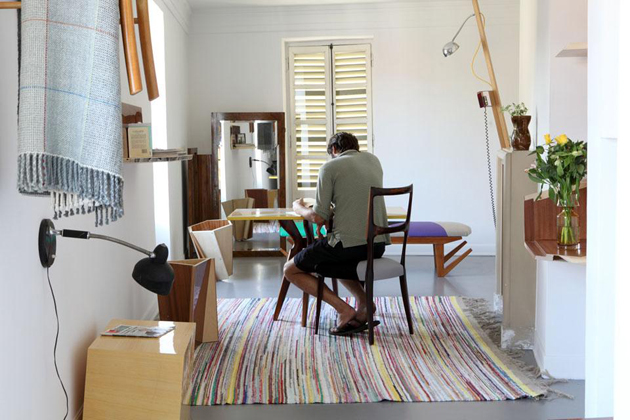Designers As Contemporary Artisans
More than 150 years have passed since William Morris, the grand English designer, writer, poet, artist and socialist, has first expressed his repugnancy towards the industry and his praise towards traditional crafts. Since the industrial revolution, designers have often discussed their position towards mass production of industrial goods in opposition to the pleasures and values of transmitted by handcrafted objects. While the period following the end of Second World War has seen designers whole-heartedly embrace technology seen as a means of cultural and social renewal, the period after the digital revolution of the nineties and fascination with everything high-tech has seen designers take a step back in the process.
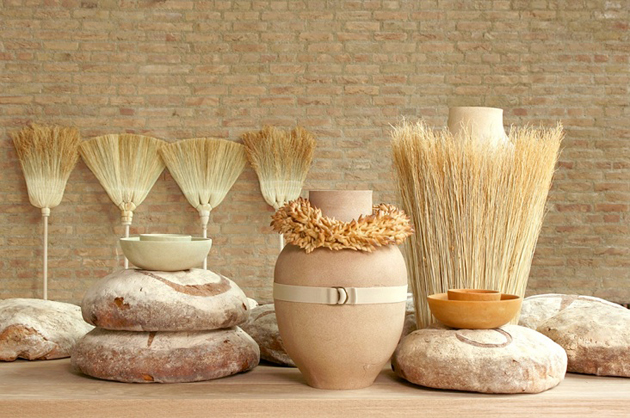
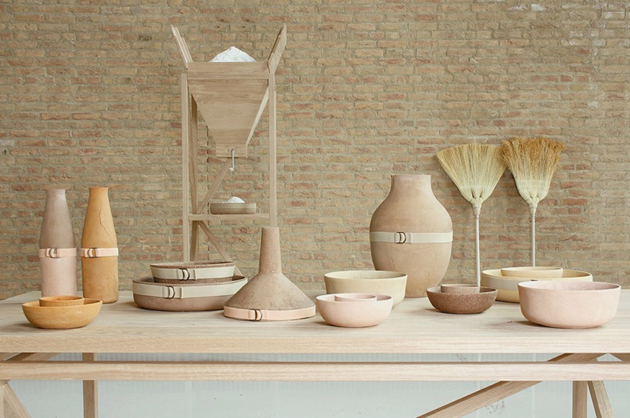
While re-discussing the issues of computer aided design and digital technologies, contemporary design seems to be currently taking a different shift. Even though many areas of design are strongly engaged with new technologies, the most traditional branches of design, like furniture and industrial design, are becoming more aware of the value of craftsmanship in the design process. As Paola Antonelli states in an article published by the magazine Domus “…here we are talking about designers getting their hands really dirty, which for some also means getting their consciences clean. The loaded history of crafts is once again timely, with its antagonism towards mass production, tinged with ethical implications, coupled with new conditions in the world and in the market—from a general awareness of the environmental crisis, to the attempt to price and sell design differently to appeal to art collectors.”
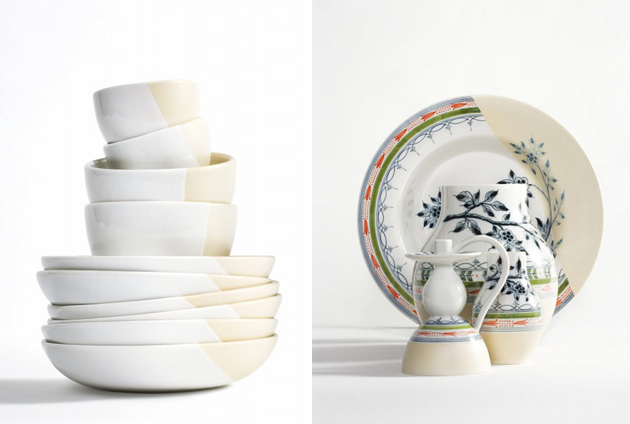
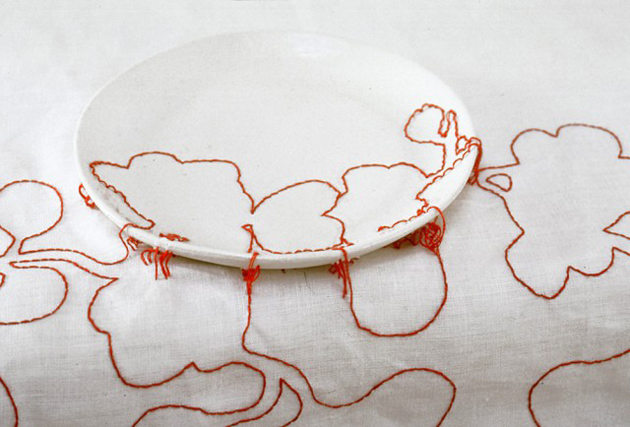
Hence, we are witnessing an actual ‘revival’ of a Morris-onian approach to design. It ranges from practices like the one pursued by Martino Gamper who works almost exclusively on limited edition projects designed with the help of handy artisans and sold in high-end design galleries. A more research-oriented approach like the one of the Italian duo based in The Netherlands, Formafantasma, who use craftsmanship as a method for sourcing new materials and modes of production. To end with the Dutch designer Hella Jongerius, who applies handcrafted details to industrially produced objects and furniture.
This new generation of contemporary artisans, whether they work inside the industry or in less institutionalized spheres of design practice, use craft as a method in developing projects that reflect both on the design discipline itself, as well as on the society, mass production, economy and the way we relate to the objects we use, in a constant dialogue between past and present, awareness and sensibility.
